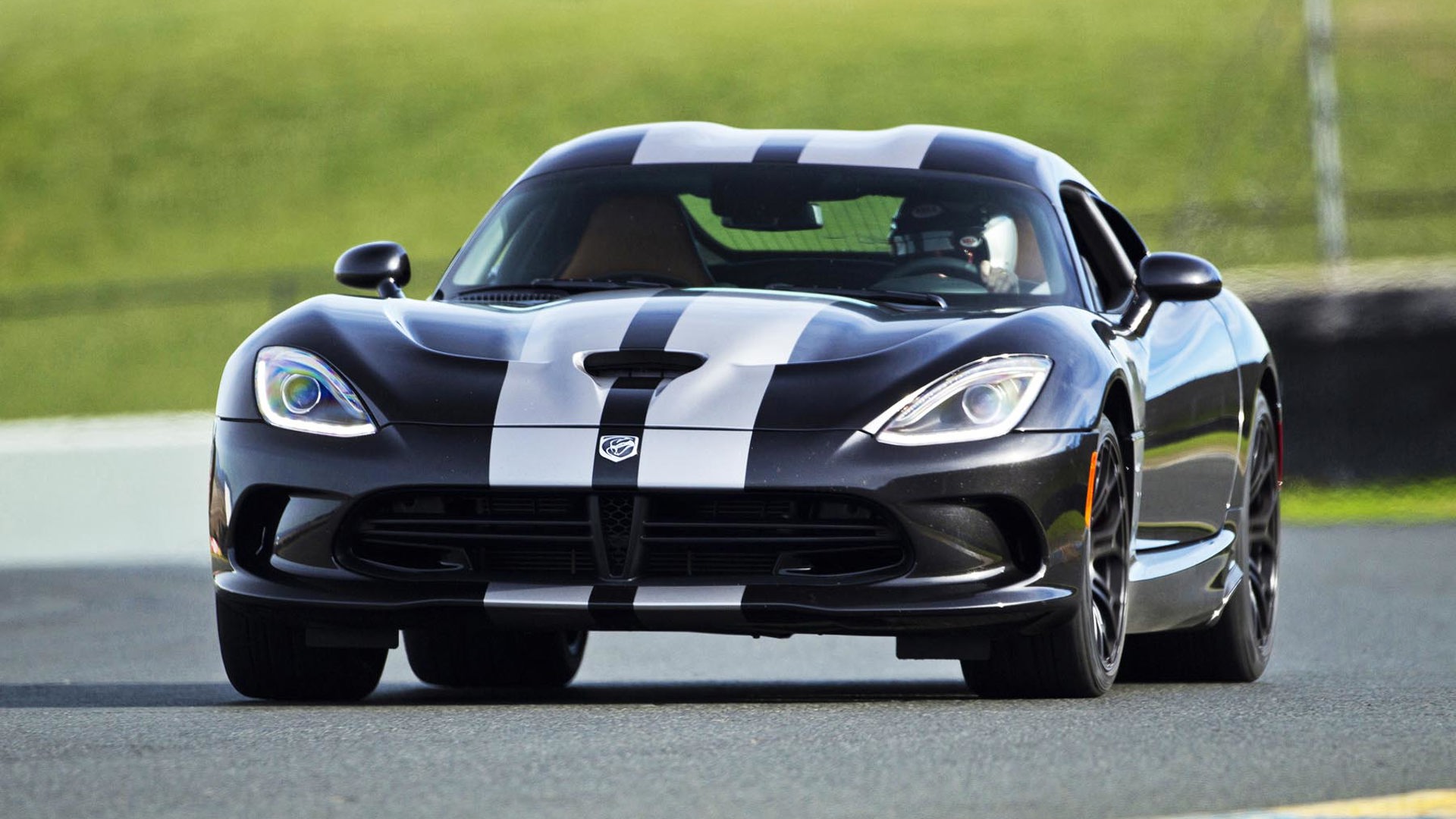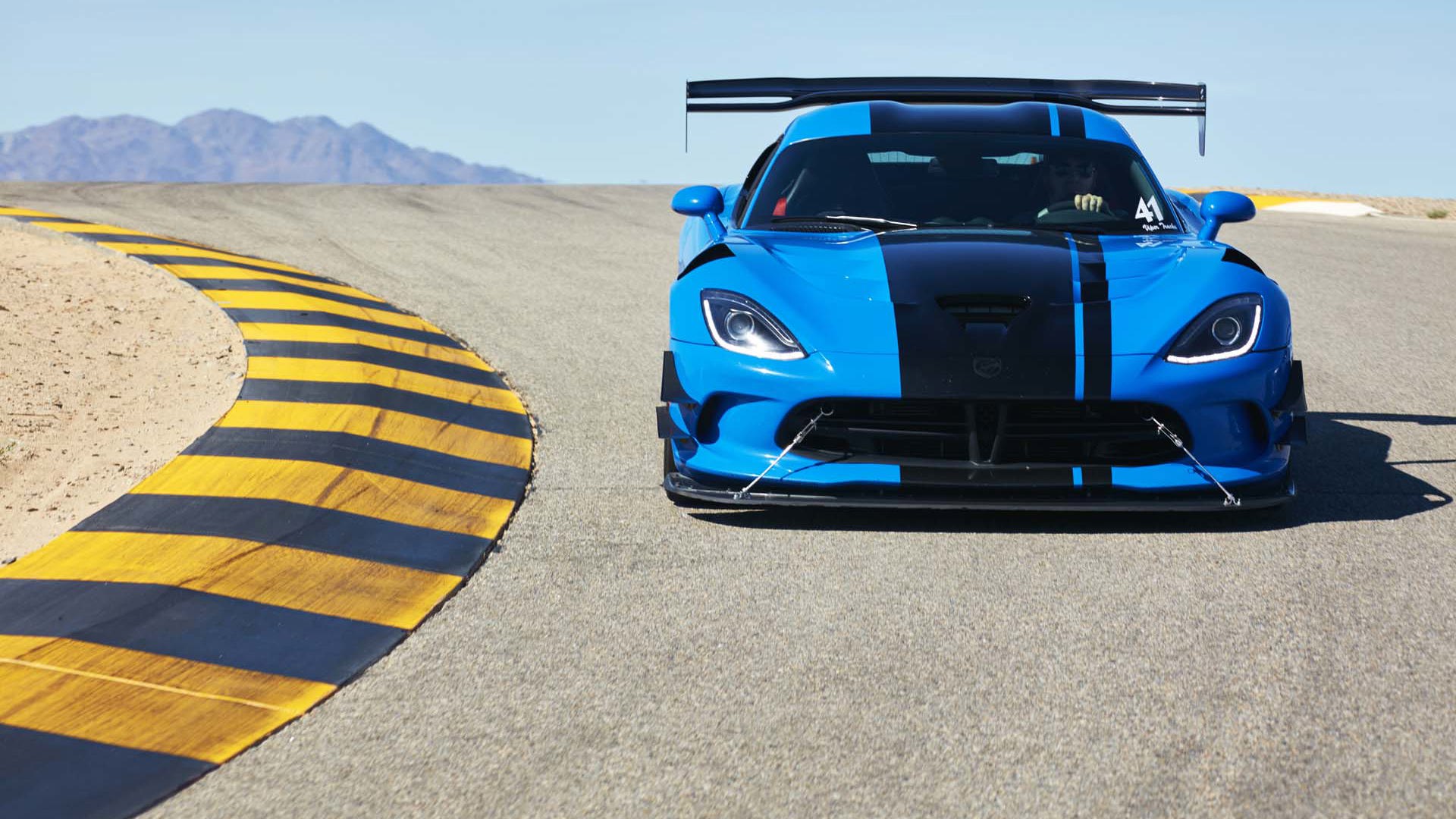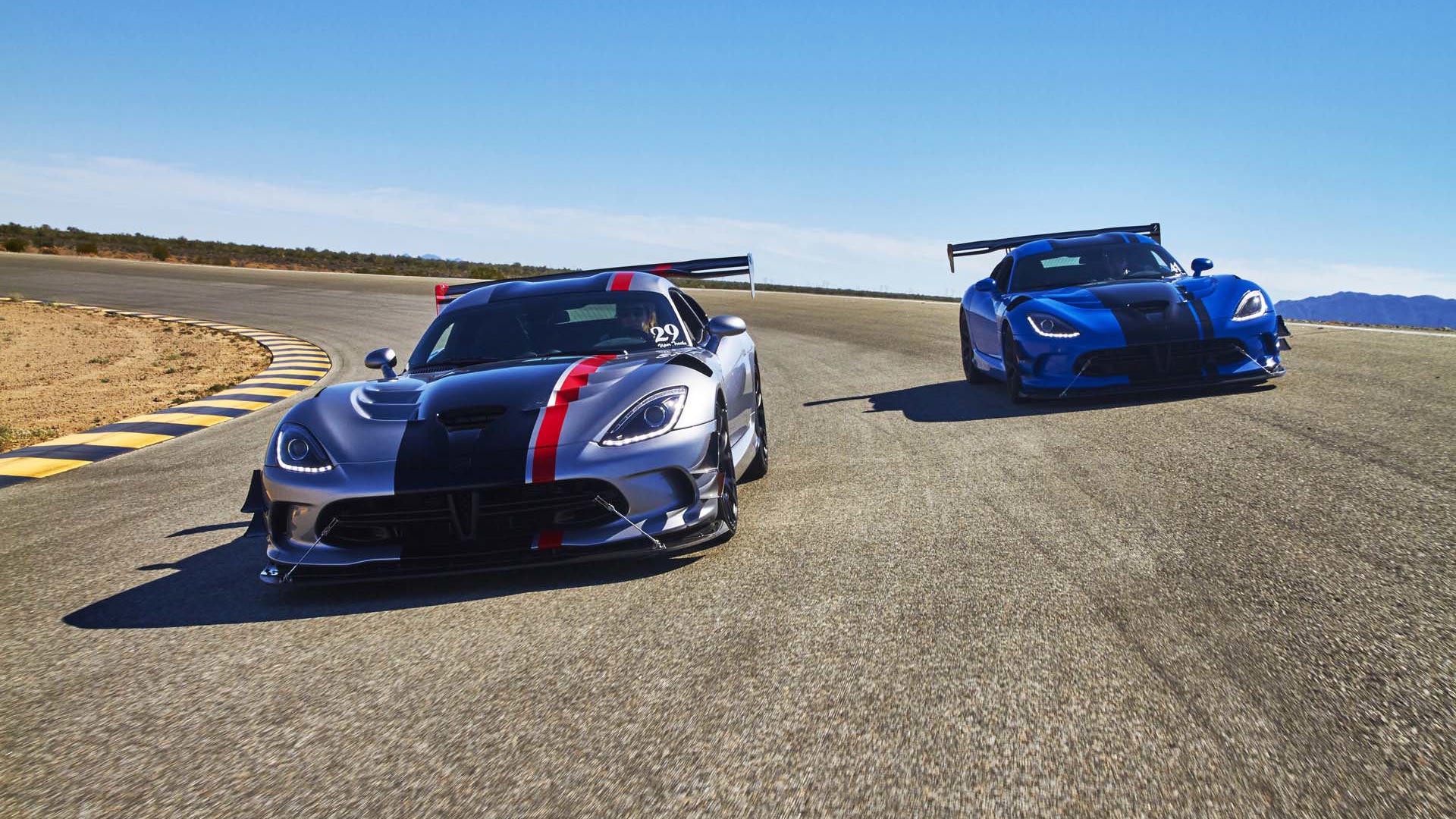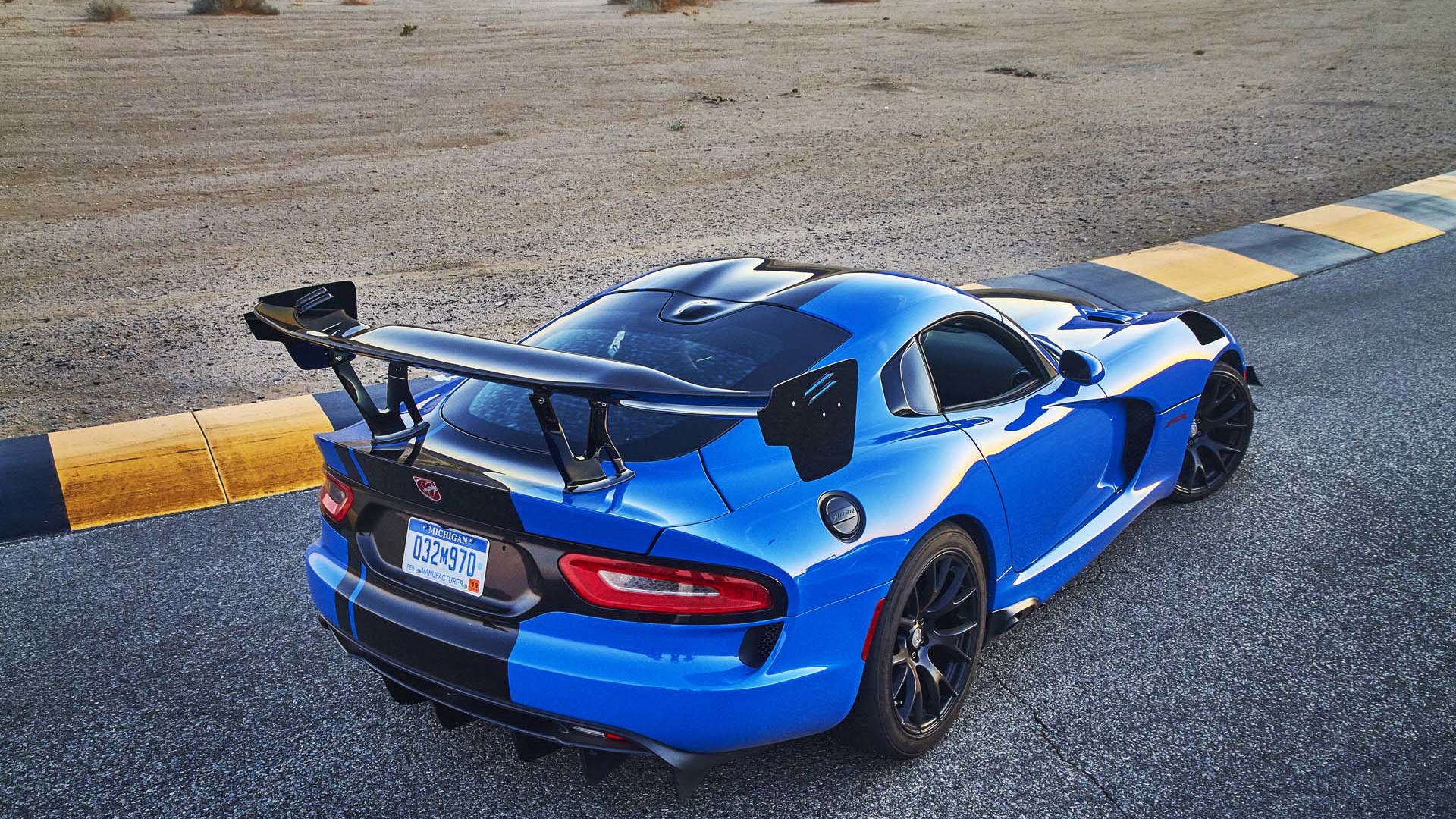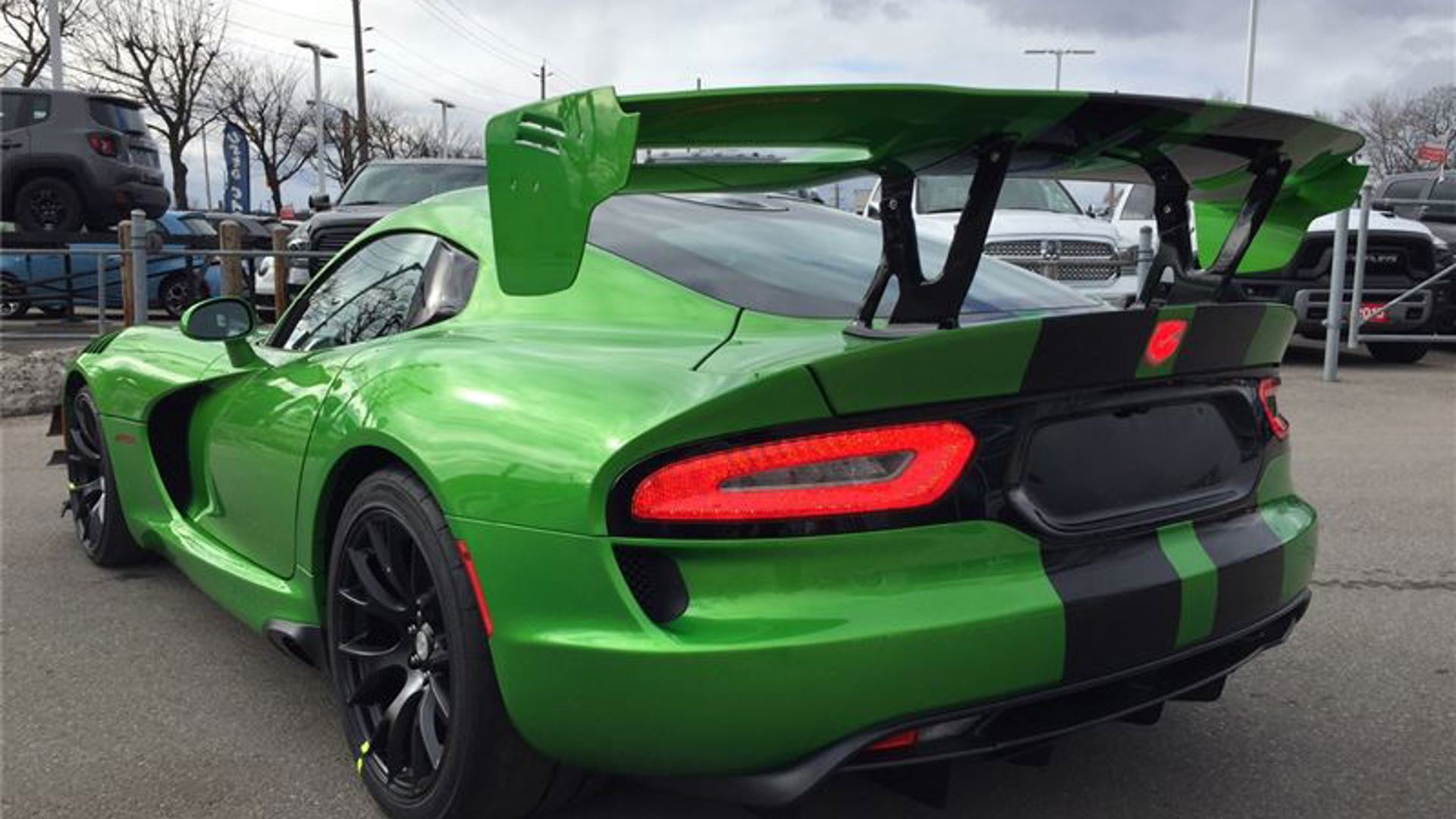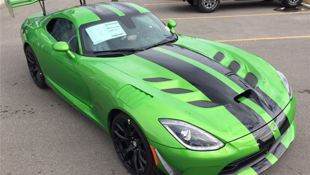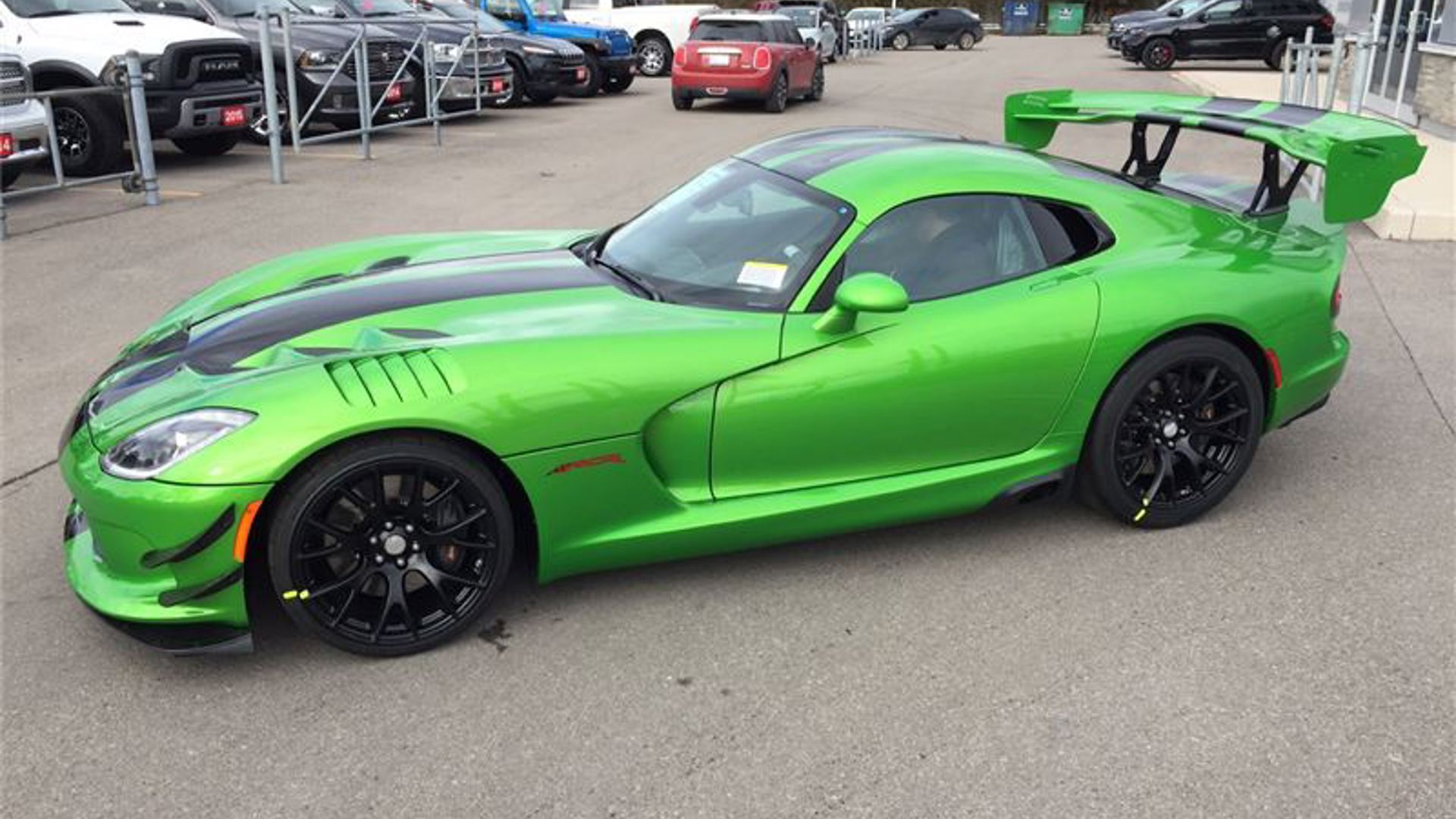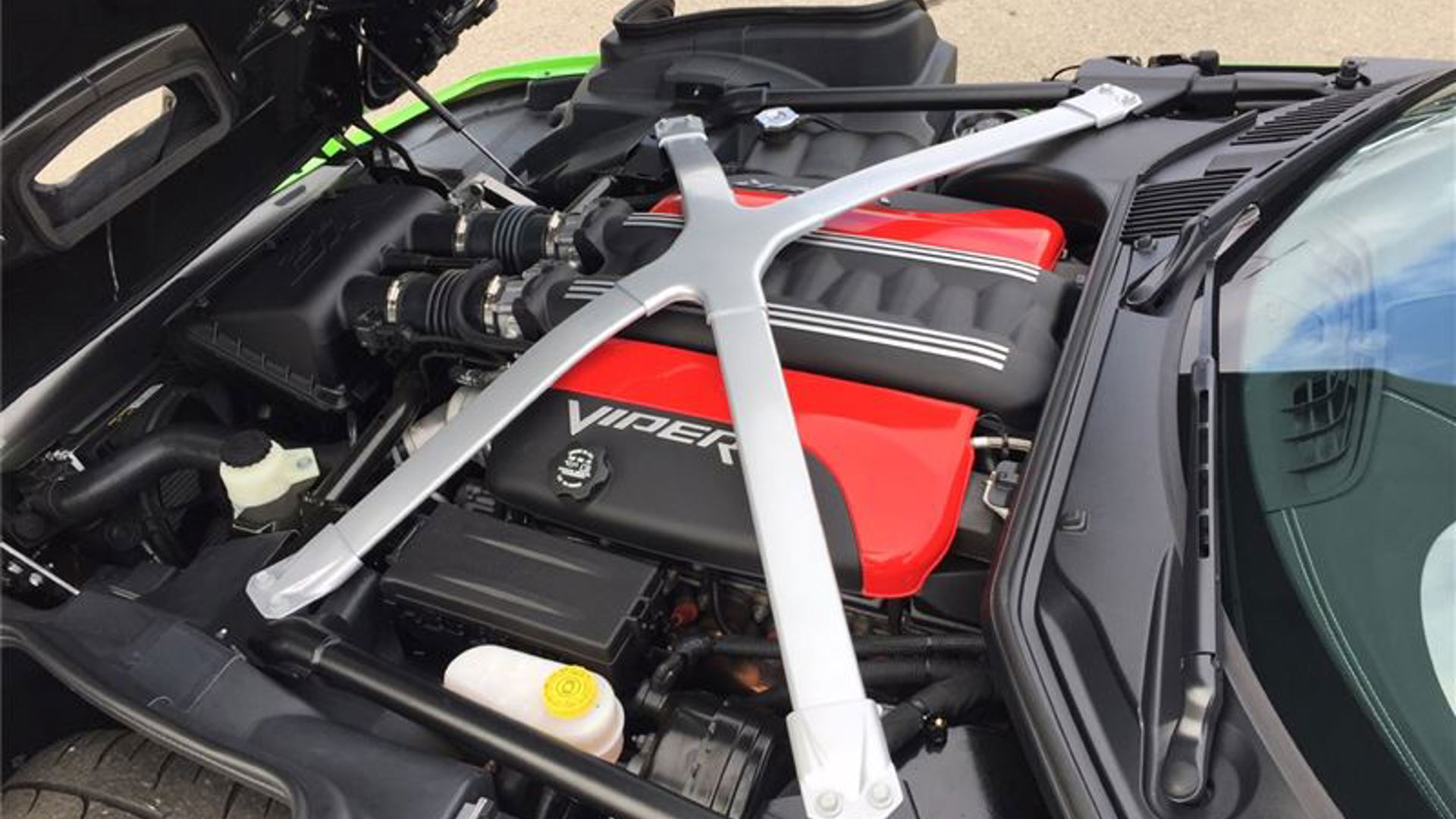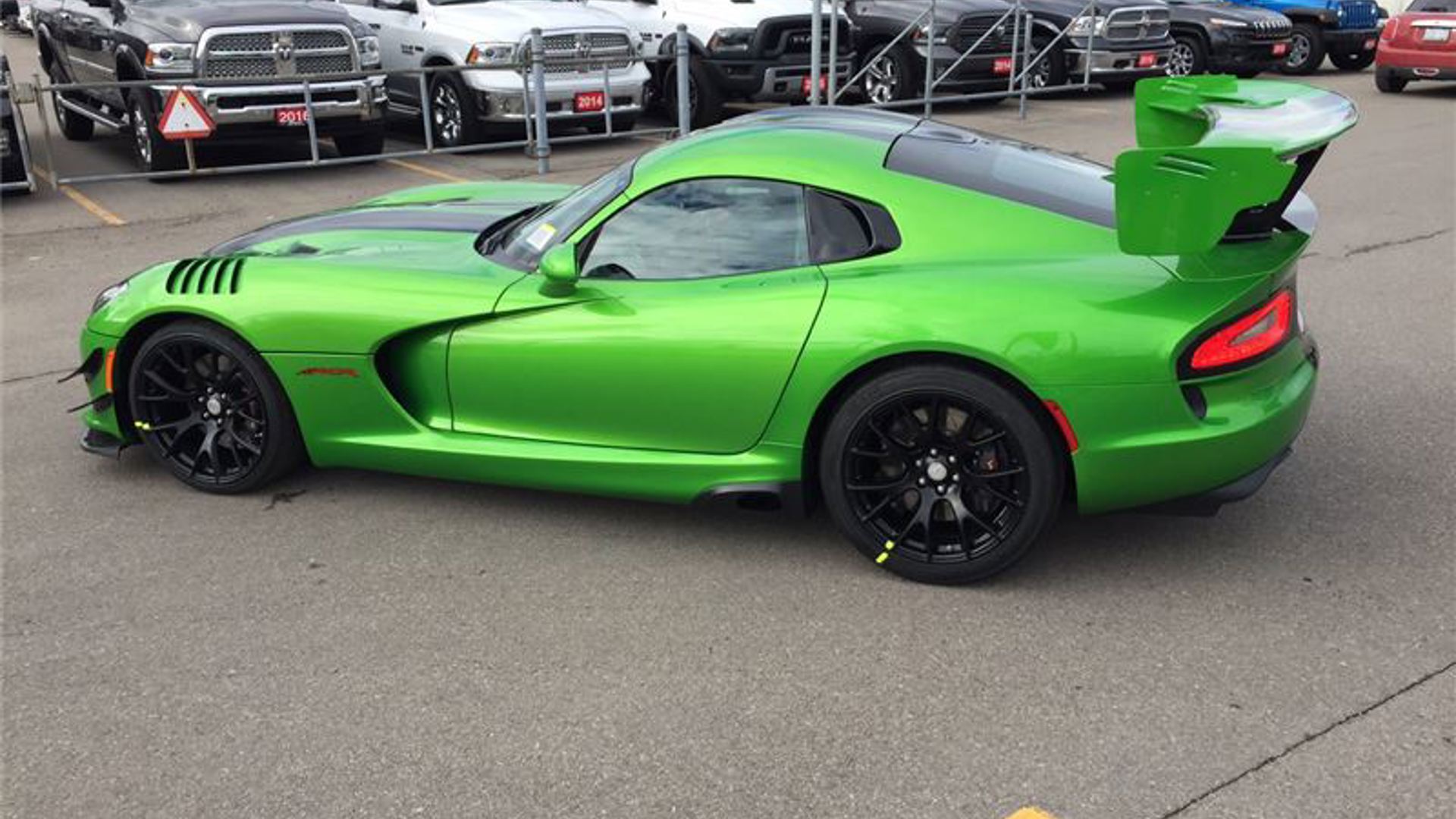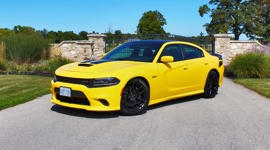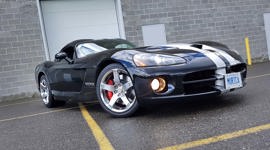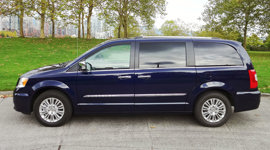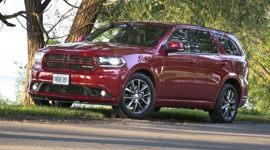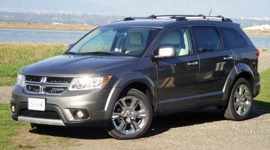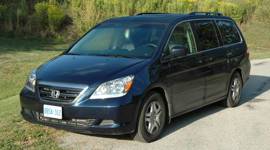Vehicle Type
Owners tend to rave about all aspects of performance and style
Performance car
History/Description
After a brief absence from the market, the fifth-generation Dodge Viper re-emerged without the Dodge badge for model year 2013, gaining extra power and torque, and packing all-new engineering, safety, refinement, and a new take on the classic look that defined one of America’s most-loved performance cars for generations.
The Street and Racing Technology (SRT) team spared no expense to make this Viper the most polished, easy-to-use model yet. A larger floor pan and more seat travel, including height adjust, mean this is the largest and friendliest Viper interior to date, despite the weight reduction of the overall package.
All models of this vintage are two-seat coupes with feature content including Bluetooth, navigation, and a premium stereo. A driver-selectable, two-mode suspension by Bilstein allows the Viper to be toggled between street and track suspension calibrations on the fly, and a steering-wheel mounted Launch Control switch provides easy access to blazing starts.
Engines/Trim
Look for a hand-built 8.4L V10, generating some 640 horsepower and 600 lb-ft of torque. The new powerplant is considerably lighter than the unit it replaces from the previous-generation car, and a Tremec TR6060 six-speed manual connects it with the rear wheels on all models. Look for 0–100 in the low 3-second range. Viper was available in variants including Viper, Viper GTS, Viper TA, and Viper ACR, depending on the year in question.
What Owners Like
Owners tend to rave about all aspects of performance and style, with the Viper’s relative rarity, exclusivity and crowd-gathering looks rounding out the package. The new cabin is noted to be Viper’s most premium and upscale, and the crushing acceleration from the big V10 is not to be missed.
What Owners Dislike
Viper owners tend to complain infrequently, though some wish for easier entry and exit from the cabin, or a little more on-board room. You wear this car, rather than sit inside of it. Also, the Viper (obviously) puts fuel away quickly.
Pro Tip
A pre-purchase inspection (PPI) by a Viper-trained technician at a Chrysler dealership your single best defence against buying someone else’s problems and headaches – and your investment of a few hundred dollars can prevent you from buying a car that’s concealing a few thousand dollars’ worth of problems. Arrange this inspection ahead of time with the nearest Viper-certified dealer, making plans with the seller or selling dealer to bring the vehicle in for the PPI, or to meet you at the dealership to have the inspection carried out.
Here’s Your Test Drive To-Do List
Check the Oil
You’ll want to check the oil level and condition of the Viper you’re considering before your test drive – but be sure to do it properly. Owners have reported that the dipstick is hard to read, and that it must be read only after the vehicle is parked on a level surface and left turned off for an extended period. But here’s the kicker: remove the dipstick and read it immediately. Do not wipe it off, reinsert, and re-read. Here’s some more information.
Engine Failure
Details are somewhat inconclusive, but some owners of (typically earlier models) of this generation Viper have suffered engine failure, often under warranty. This issue seems more likely at lower miles, and is theorized to be caused by some combination of bad rod bearings and/or manufacturing debris circulating through the engine. It’s unclear how many Viper models from this generation suffered engine failure, though the community seems to have determined that it’s relatively rare (though still notable) against total sales volume. Still, determine if the engine in the Viper you’re considering has ever been replaced, and budget for any extended powertrain warranty coverage available, for maximum peace of mind.
Here’s some more reading. Note that some owners even suggest opting for a higher-mileage unit, since engine failure problems appear to be more likely within the first few thousand miles of use. To close this topic, bear context in mind: most Vipers from this generation have not and will not experience engine failure, though the issue is worth being aware of.
Additionally, here’s some information on how Chrysler worked with Viper owners to pre-emptively detect and address potential engine problems on affected models. Talk to your dealer service advisor, or the vehicle’s seller, if you have any concerns.
On the Hoist
Buying a used Viper from this generation without a full, on-the-hoist inspection by a professional technician is not advised. Have the technician inspect the vehicle fully, paying special attention to possible leakage from oil cooler lines, coolant lines, the transmission, and the rear differential. Though reported with relative rarity, fluid leaks can cause issues, so be on the lookout. Here’s some more reading.
Soft Clutch
If the clutch pedal in the Viper you’re test driving feels soft, or requires some pumping action to build pressure back up to functional levels, the likely culprit is a leaking slave cylinder – which is located in the transmission bellhousing. If this part is leaking hydraulic fluid, the clutch pedal will be soft and mushy, may fail to return after it’s released, and ultimately, will render the clutch inoperable if not repaired. (As a two-time Viper owner, I’ve experienced this issue on both machines I’ve owned). Repairing this problem is not overly involved or expensive. Note that a few small drops of (clear) fluid beneath the car’s transmission may also result from this leak.
Other Checks
Carefully inspect the Viper’s body panel alignment and paint condition for signs of poorly repaired damage, possibly caused by an accident or collision. Open and close each door several times, slowly and carefully, confirming that the door doesn’t catch, grind, or strike any part of the vehicle’s body in the process. On previous-generation Vipers, door hinges could sag or deform over time, and this generation of Viper uses a similar design. Check all weather-stripping around each door for signs of damage or tearing, which could also be evidence of this problem. You’ll also want to confirm that the window doesn’t strike the Viper’s body when the door is opened and closed. After this, confirm that both windows open and close fully, and without any unwanted sounds or sensations of binding or straining.
Other Useful Information
When shopping, assume the Viper you’re considering needs a new clutch, new brakes, and new tires, and that the seller would rather you, not they, foot the bill. Work backwards from an expectations standpoint, having a professional assess the vehicle, if necessary. Consumable parts like these will be expensive to replace, so proceed with your purchase assuming you’ve got a big replacement bill in the near future, until you confirm otherwise.
Do not cheap out on tires for the Dodge Viper. Use of factory-size and -spec tires is highly advised. Your new-to-you Viper should be rolling on quality performance tires with plenty of tread left, at all times.
Maintenance is key for the long life of any car, and perhaps especially a high-performing car like the Dodge Viper. Familiarize yourself with the service intervals for all fluid changes, tune-up work, and other maintenance, as outlined in the owner’s manual – budgeting to have any work completed that’s coming due. Buying a used Viper without full service records, or proof of ongoing and continual maintenance, is not advised.
There are currently just two recalls issued for this generation of Viper. You can check if a recall applies to the vehicle you’re considering by entering the VIN on the Dodge website.
The Verdict
If you’re set on a fifth-generation Dodge Viper, finding a good one is largely a function of shopping patiently, having the vehicle inspected fully by a professional, and digging into the vehicle’s history to see if it’s affected or covered by a possible recall or warranty action for engine problems. We’d recommend the newest model available for you budget, and don’t be shy about higher-mileage units, either – provided they pass a pre-purchase inspection (PPI) to your satisfaction.
Crash Test Ratings
N/A
